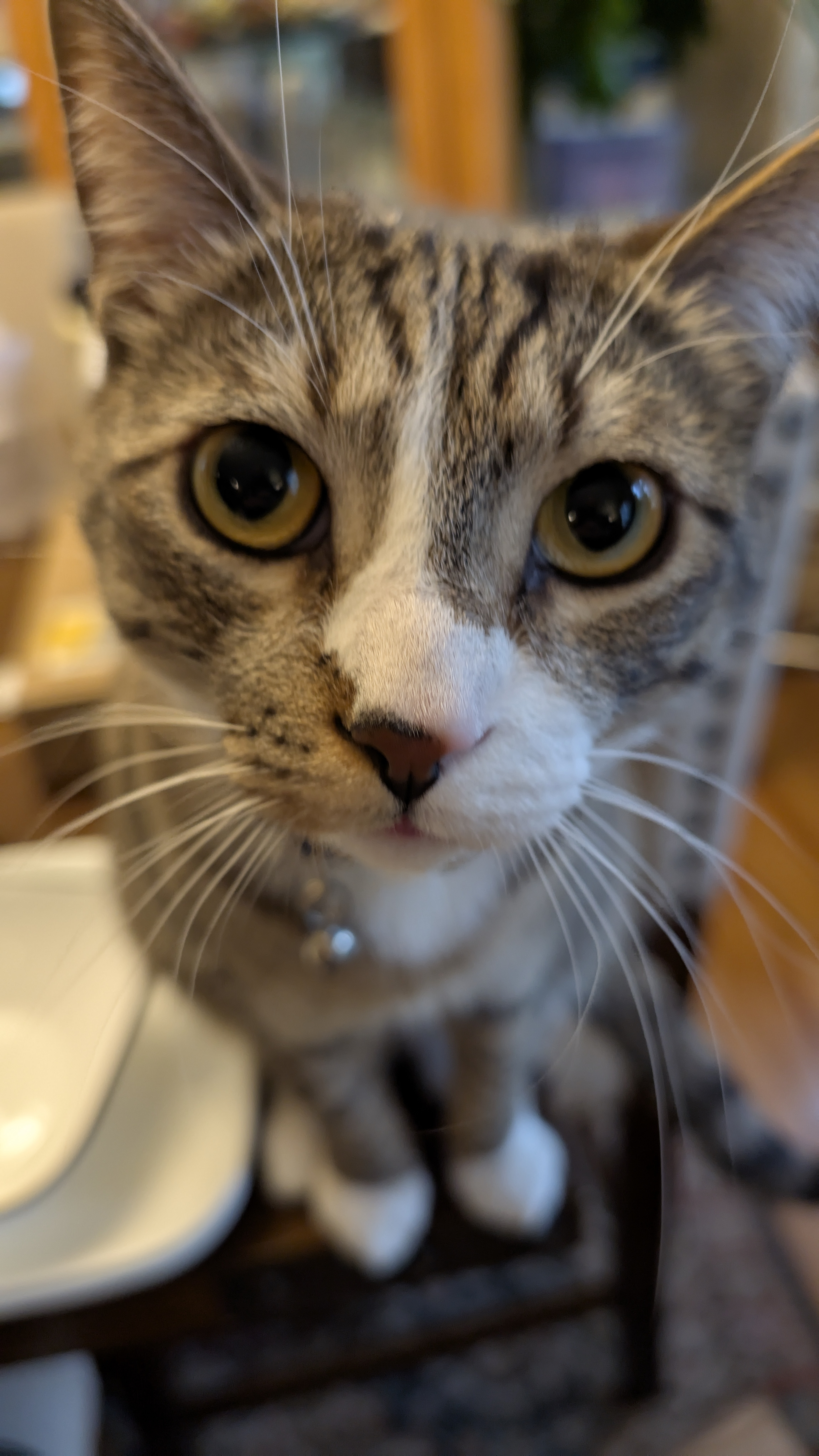Wrong community for AI slop.
All of the references you have ascribed to me are wrong.
So, the data you presented that I attributed to you are incorrect? So, you are saying your own information is wrong? I asked for references as you got data from somewhere.
I have stated that I am pro or anti anything.
I am assuming you meant to insert a "not" in that sentence. You missed the point: You can hold any opinion you like, but calling something a "fact" doesn't make it so.
I dunno what to think about the rest.
But yeah, I am calling the account sus. It's an observation and sorry you took it personally. Even more interesting is how you went from a clear, well worded description of your world economic views into some kind of pseudo-philosophical word salad.
I am curious about your references. The de-dollatization stuff comes directly from BRICS and Chinese propaganda and I think you have something mixed up with the WTO and SWIFT, specifically when the EU was dropping Russian banks from SWIFT in March. (Everyone seems to be fed up with the WTO at the moment.)
While you have every right to be pro or anti on anything you want, launching a new account direct into specific multi-paragraph narratives is kinda sus.
Instructions: 1. Please read instructions
I looked into that and the only question I really have is how geographically distributed the samples were. Other than that, It was an oversampled study, so <50% of the people were the control, of sorts. I don't fully understand how the sampling worked, but there is a substantial chart at the bottom of the study that shows the full distribution of responses. Even with under 1000 people, it seems legit.
There is a place for that. It's called 4chan.
Well, the administration supposedly made some kind of minerals deal to continue to support Ukraine. (It was just bullshit PR for Trump "making deals".)
Still, I doubt any partner was surprised by this as the Trump administration is pointlessly unpredictable.
In this study, we conducted a survey (n = 742) including a representative U.S. sample and an oversample of gender minorities, racial minorities, and disabled individuals to examine how demographic factors shape AI attitudes.
I have a Zoom L12 for mixing/recording my synthesizers, PC system sound and additional PC audio interface. I got it used for $500.
You can get super cheap mixers as well, but the quality will probably be hit-or-miss. (Proper grounding and interference being the biggest issues.) I got lucky with a $40 4 channel mixer that I use when running too many synths and just need to route sound somehow.








L